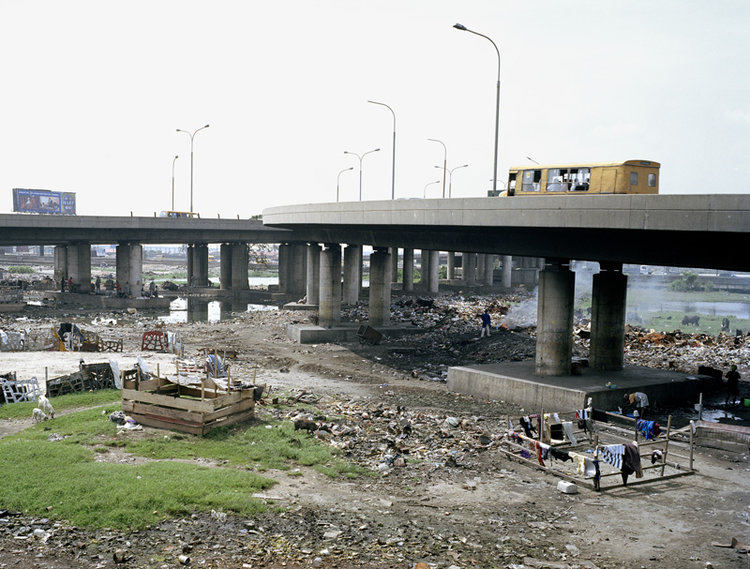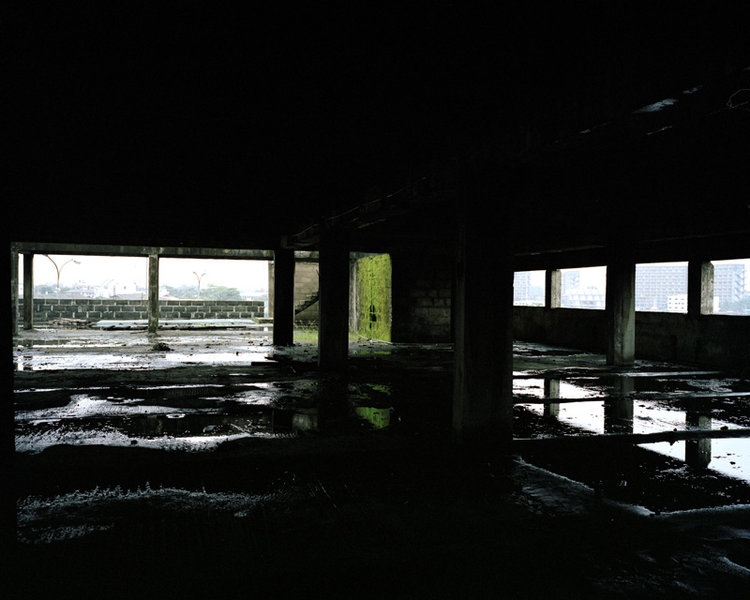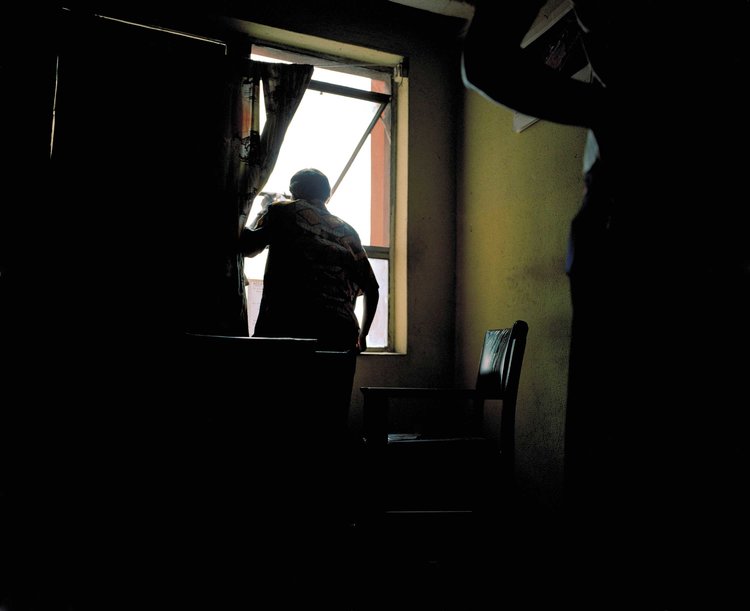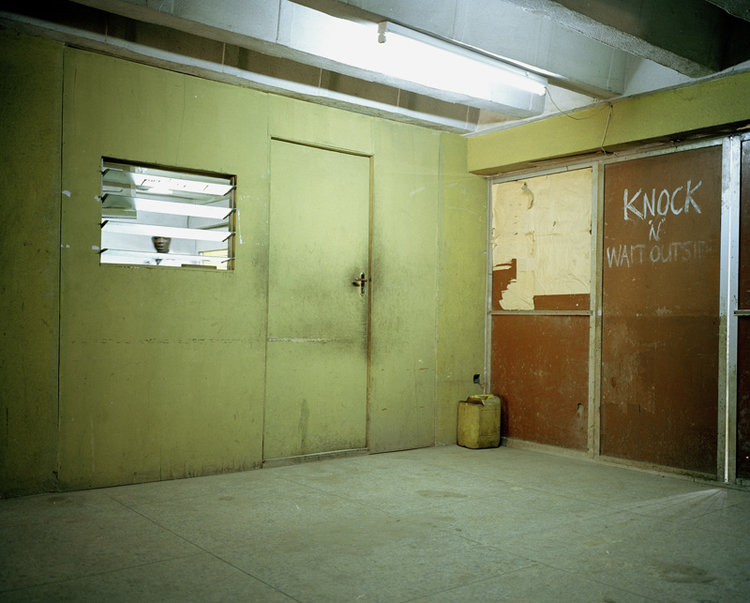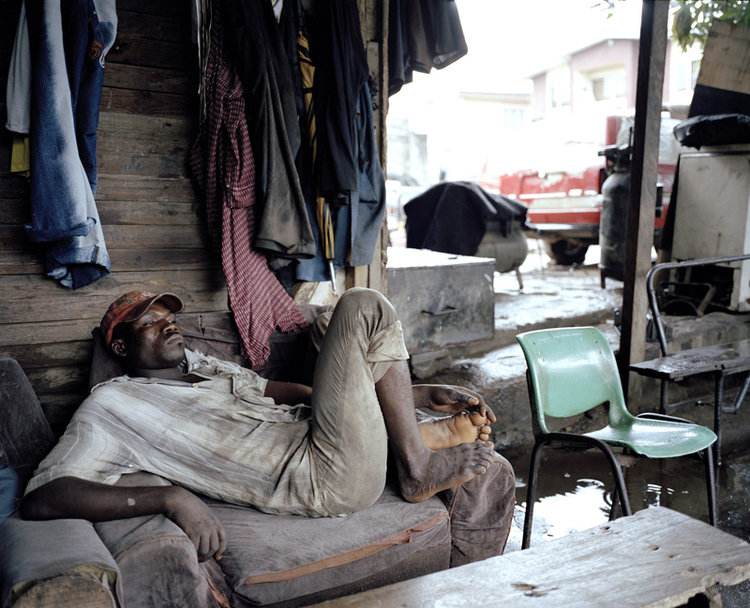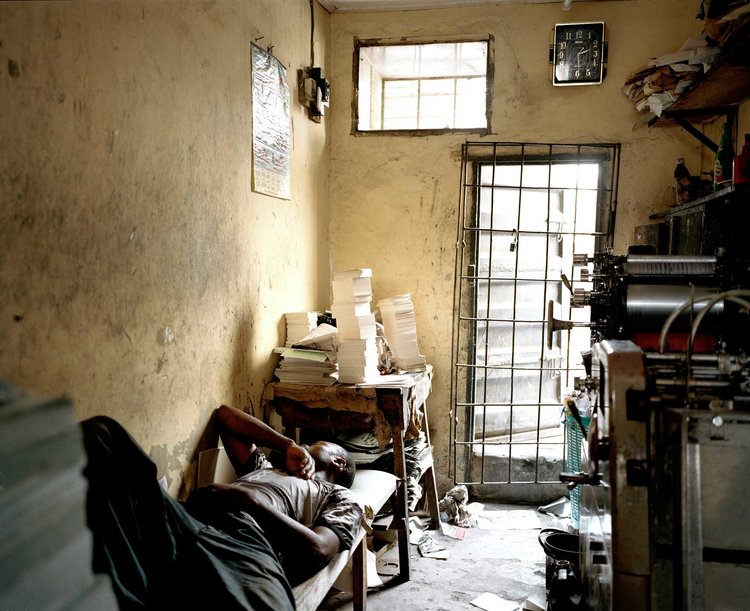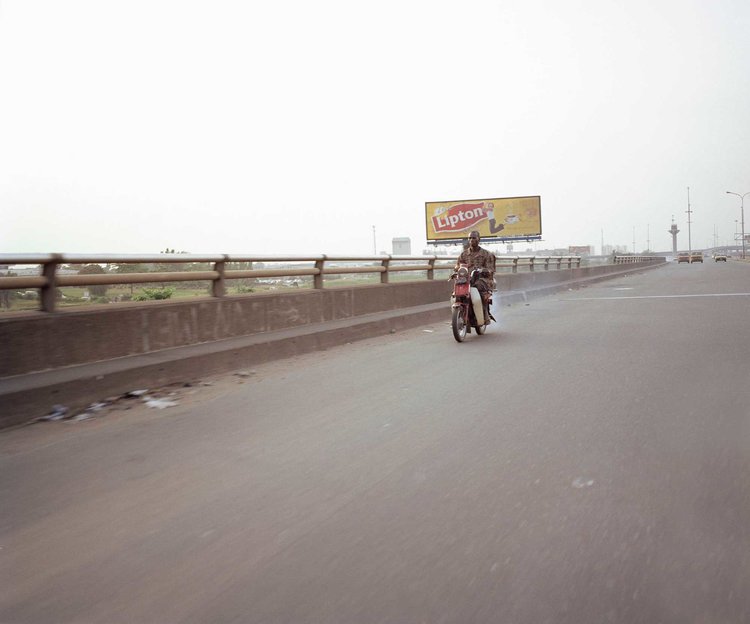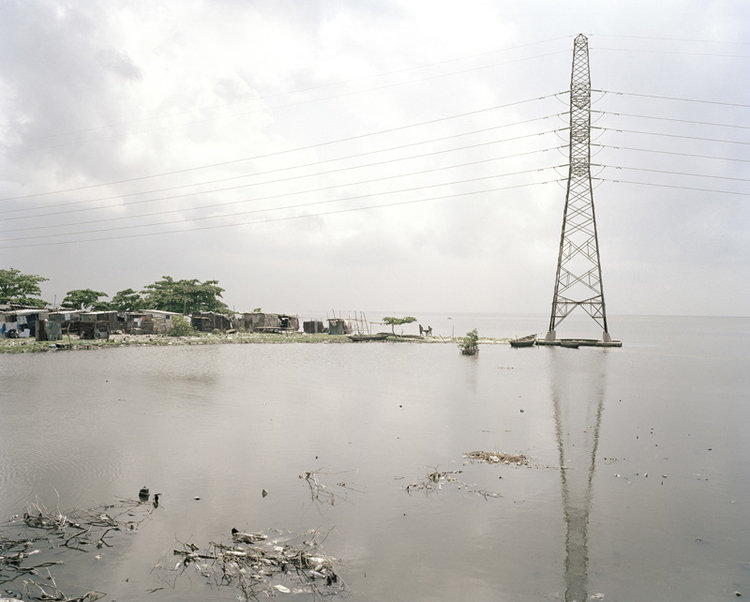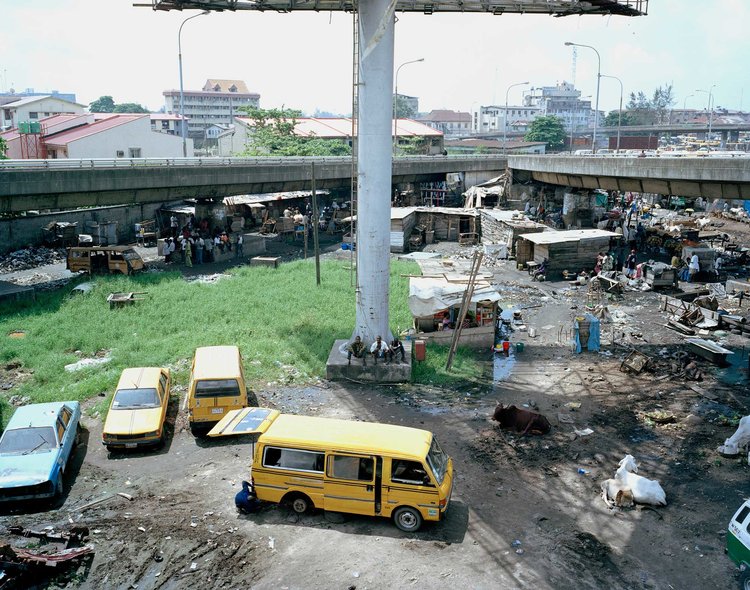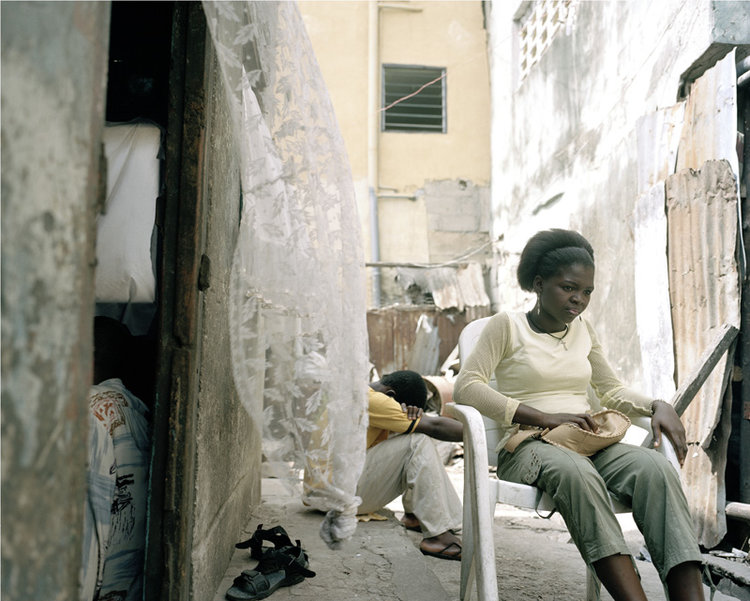INVISIBLE CITIES
BY PAUL SEAWRIGHT
Paul Seawright (born 1965, Belfast, lives Belfast) studied at Foundation of Art, University of Ulster, Belfast. He took BA on Photography Photography Film and Video - West Surrey College of Art & Design (Tutors Paul Graham and Martin Parr) and a PhD at University of Wales. He is Professor of Photography at the University of Ulster, and was formerly Dean of Newport School of Art, Media and Design at the University of Wales, Newport, United Kingdom. He was awarded a personal chair by the University of Wales in 2001, and is a Fellow of the Royal Photographic Society, Royal Ulster Academy of Arts and Fellow of the Royal Society of Arts. Seawright is a Council member of the Arts Council of Northern Ireland and Vice President of the Royal Ulster Academy of Arts.
Paul Seawright is both an artist and academic within the world of contemporary photography. An accomplished author who has seen his series published and exhibited internationally. His extensive and inspiring work is mostly characterized by an artistic strategy that undermines the obvious and many times depoliticizes images, creating diverse series focused on troubled or conflicting situations that encourage viewers to see and understand those realities in new ways. Many of his projects could be highlighted, and there is a consistent strategy and conceptual framework on his work that can be traced to his earlier series i.e. Sectarian Murder (1988).
Much of Paul Seawright projects i.e. Invisible Cities (2002), Volunteer (2010) and others alike call our attention to the core of many contemporary individual or collective political, social, cultural and economic problematic boarders and boundaries, which seem for many people invisible.
Invisible Cities engages with the extending and reordering of space in post-colonial cities of sub-Saharan Africa. They examine how peripheral developments and selltlements have become a frontier through unconventional and largely unrecorded means. Abdi Maliqe Simone writes that in African cities urban dynamics are shifted away from actual cities to murky borderlands and where new formulations of sovereignty, belonging and nationhood are provisionally concretized. Exclusion and incorporation, marginality and experimentation, then converge in ways that are not easily discernable. in Exception to the Norm: Representations of Urban Africa in Paul Seawright’s “Invisible Cities”
A more recent case in point of this is his ongoing project The List (2014), a series that deals with an invisible America: the non-places where those convicted of sexual offences have to live and work. Thus, viewers of Paul Seawright work are first intrigued by his enigmatic imagery and then led to search for the meaning of his series and vantage point discovering the several layers of meaning behind the images.

